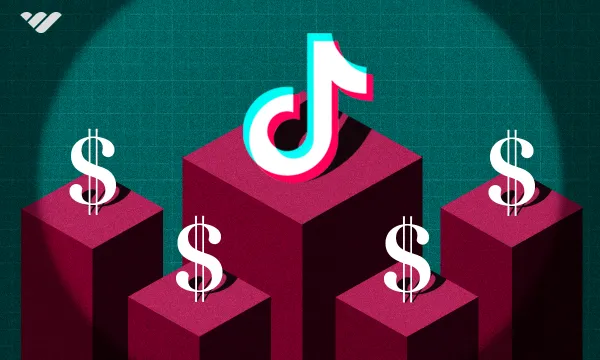Since the start of the pandemic, we have seen a huge shift towards living our lives online. From working remotely, to virtual birthday parties, digital friendship groups, and even online fitness communities.
During lockdown, we had to swap gyms and wellness clubs for YouTube videos and online training programs. Although we have now regained the opportunity to train in clubs and groups, the online fitness market is still going strong, valued at USD 15 billion in 2022, and expected to reach USD 257 billion by 2032.
Whether training in public or in private, these online communities provide a space for like-minded people to share tips, tricks, and progress in a supportive and informative environment - and for fitness professionals, they present an opportunity for recurring revenue from a global client base.
If you're a fitness enthusiast or professional looking to create an online fitness community (and profitable revenue stream) then you're in the right place. In this guide, we look at why you should create an online community, how you can get started, and then how to keep growing your community after launch.
Let's get started!
Ready to get started and create or grow your community? Click here to jump ahead to:
- Why Create an Online Fitness Community?
- How to Create an Online Fitness Community
- How to Grow Your Online Fitness Community
- Launch Your Fitness Community With Whop
Why Create an Online Fitness Community?
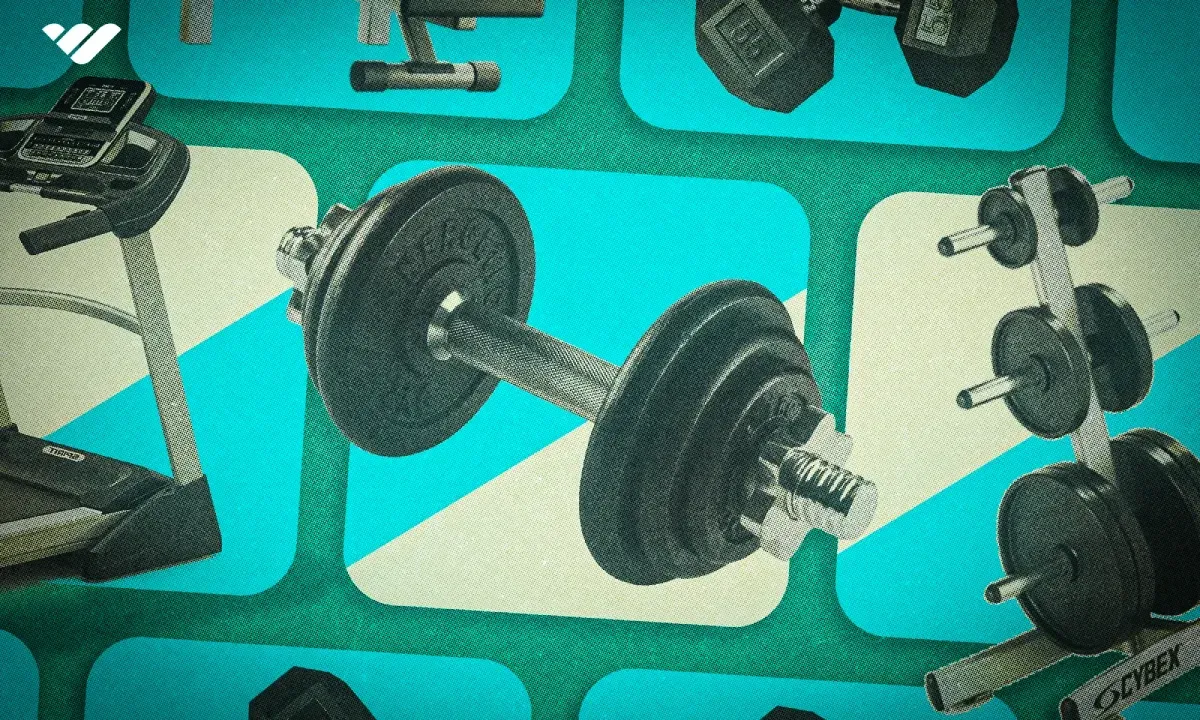
If you're a personal trainer or sports coach, launching an online fitness community gives you a chance to share your expertise with a wider audience. Running classes out of a local sports hall might allow you to reach dozens or perhaps even hundreds of members if you're good at marketing, but there's a limit to how many people you'll be able to attract to your classes. Launch an online community, and your potential audience becomes global.
Not only do you reach a larger audience, but you also create a sustainable business. When you're teaching classes in the real world, you have to show up every day to engage with your students. If you're ill or injured and have to take time off, you lose money, as your body is your biggest asset. With digital products, you can record sessions, and they can be sent to students on demand, providing a reliable, long-term revenue stream. You can take time off to rest and recover knowing that you can still earn a living through your online fitness community.
To recap, online fitness communities have many potential benefits for trainers:
- Low startup costs
- The community becomes a team of advocates to help you grow your market
- A predictable, recurring revenue stream
- A business that can scale and grow easily
How to Create an Online Fitness Community
Now that we have established why you should create an online fitness community, let's take a look at how. Here are the 9 steps that you should take to successfully set up, create, and launch your community.
1. Define Your Goals
Starting anything from scratch can be overwhelming, and when there is a lot to consider it is easy to lose sight of your end goal. So, before you even think about bringing your venture to life, consider why you are starting this community. Some key considerations here are:
- Will your fitness community be free to join with paid VIP tiers (a freemium model)?
- Will your community be completely free and used to promote paid add-ons such as personalized programs, online coaching services, and workout routines?
- Or, will you create a paid community, one that is closed to the public, where people can pay to become members and receive products from you as a perk of membership?
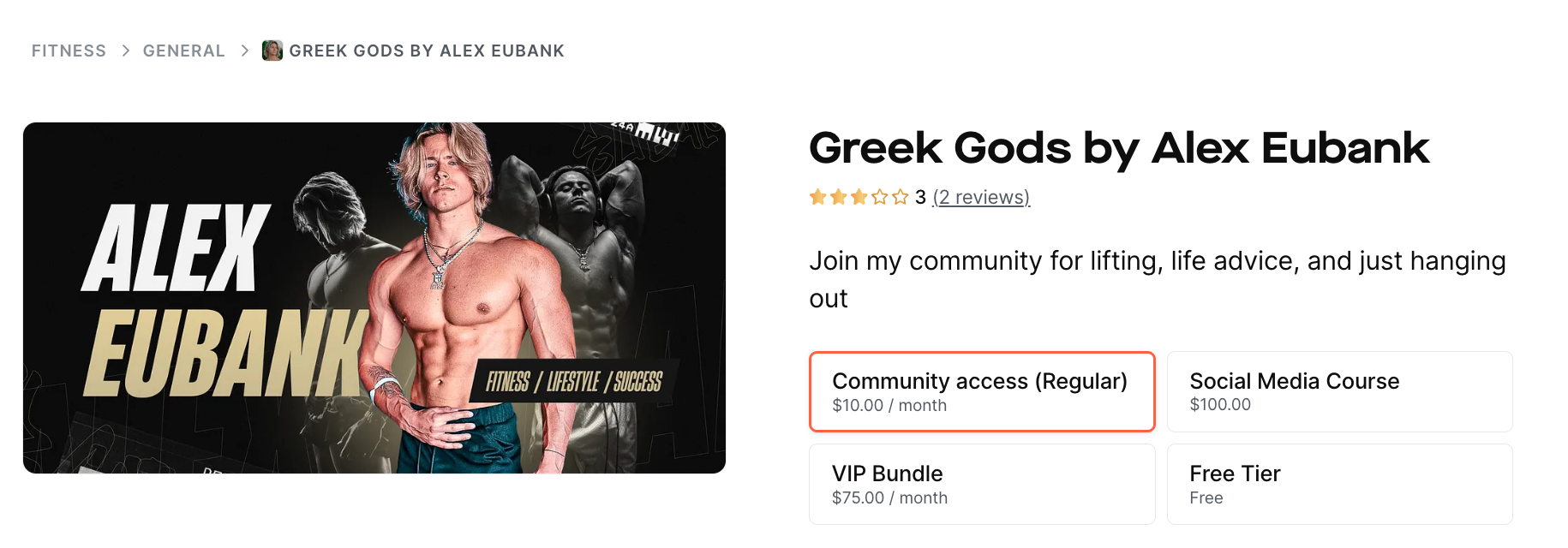
Each of these models is an excellent way to run your business and each comes with its own benefits. If you already have a large client base and online following then you might jump straight to creating a paid community for a sense of exclusivity, but if you are starting small, then perhaps a free community with paid add-ons. You will come back to this in the final step, so set your goal in the beginning to know what you are working towards.
2. Work on Your Brand
The fitness space is full of influencers, famous athletes, and big brands all competing for the attention of athletes and casual consumers. To have a chance of succeeding you need to know who it is you'd like to work with, so you can tailor your marketing efforts to that audience.
You might think of yourself as an inclusive coach who can work with everyone. Even if that's true, "everyone" isn't a demographic that you can market to. The content that would appeal to a busy mom looking to get in a workout while the kids are at school is rather different from what would appeal to a retired person or an athlete looking for some strength and conditioning work to supplement their sport.
Pick one demographic and build a community around it. Once you've built that successful community you can expand to target other demographics.
3. Map Out Your Free Content
Once you have a community in mind you need a way of attracting people into that community. High-quality free content is a must. Before you open your community to members, spend some time planning out your social media content for the year ahead. Think about seasonal content, upcoming competitions in your sport, and anything else that might appeal to your members.
Try to prepare a couple of months of content in advance so you'll always have something ready to share even if you fall ill, need to take a holiday, or are busy for other reasons. Remember that there's a reason magazines and TV shows accept submissions for seasonal holidays well in advance. You want to have your "get in shape for the summer" content posted in the Spring, and those meal prep recipes for Thanksgiving need to get shared early enough that people can go to the store and buy the ingredients they need!

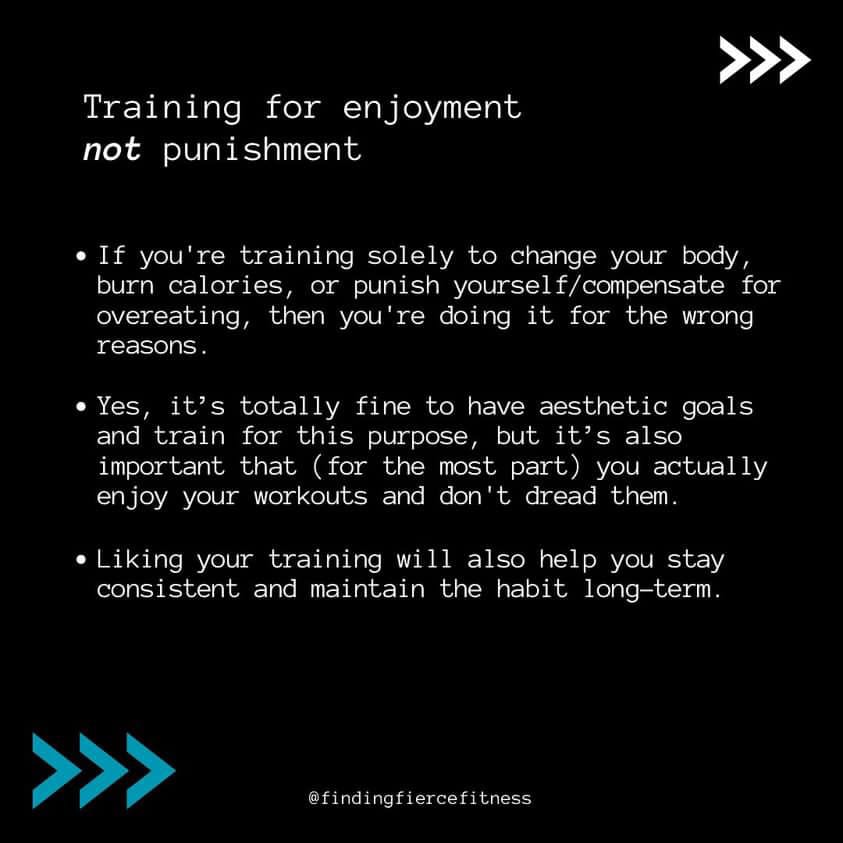
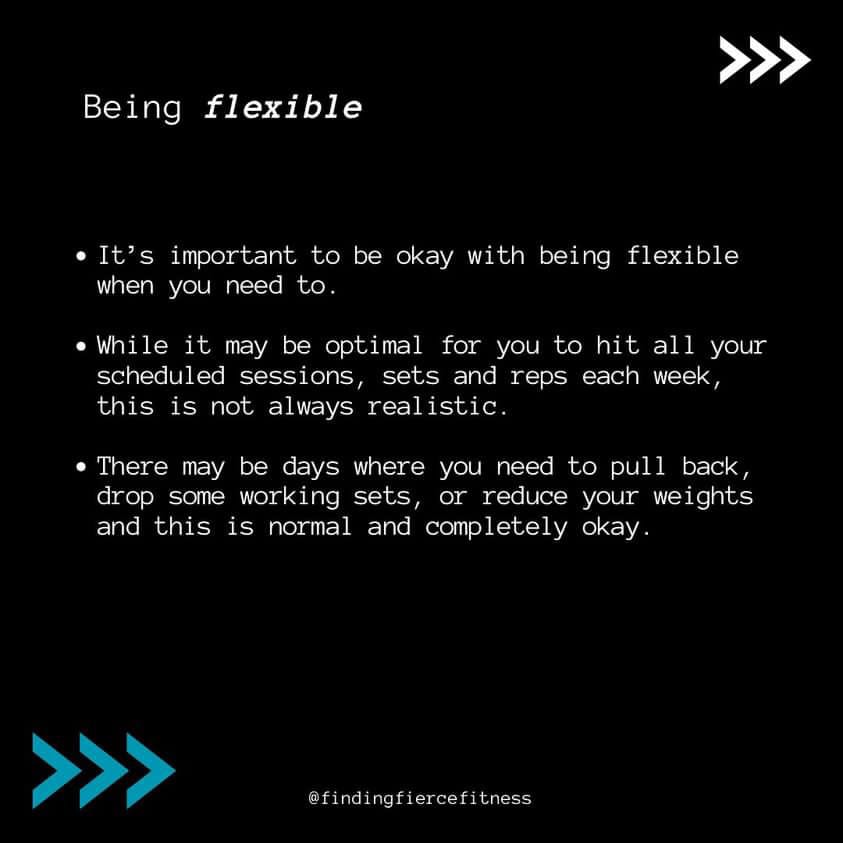
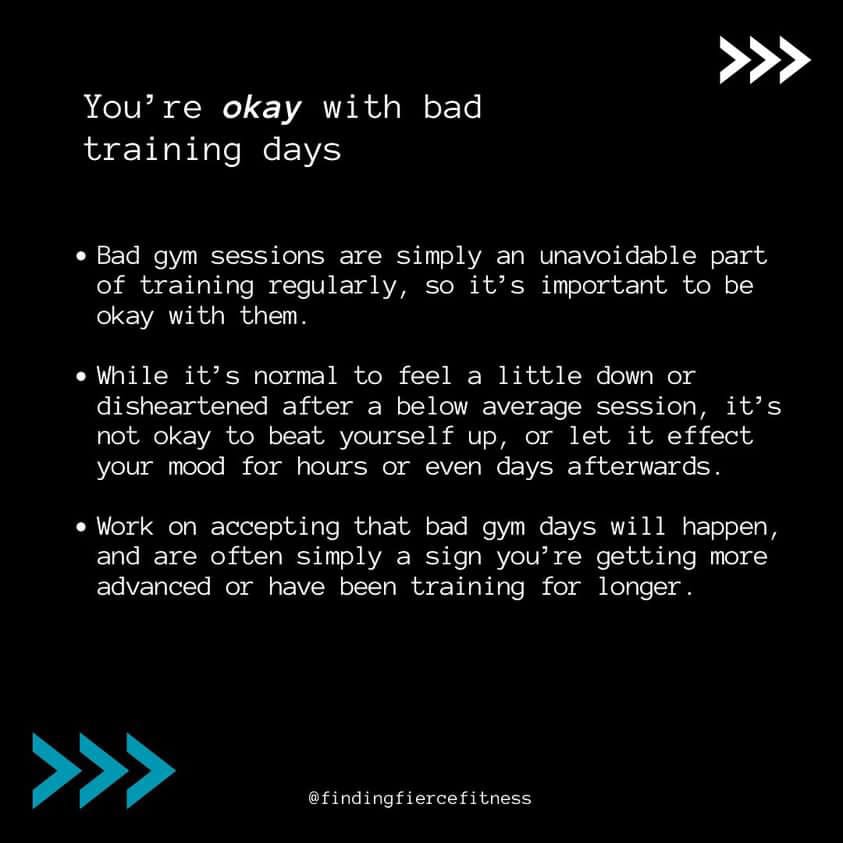
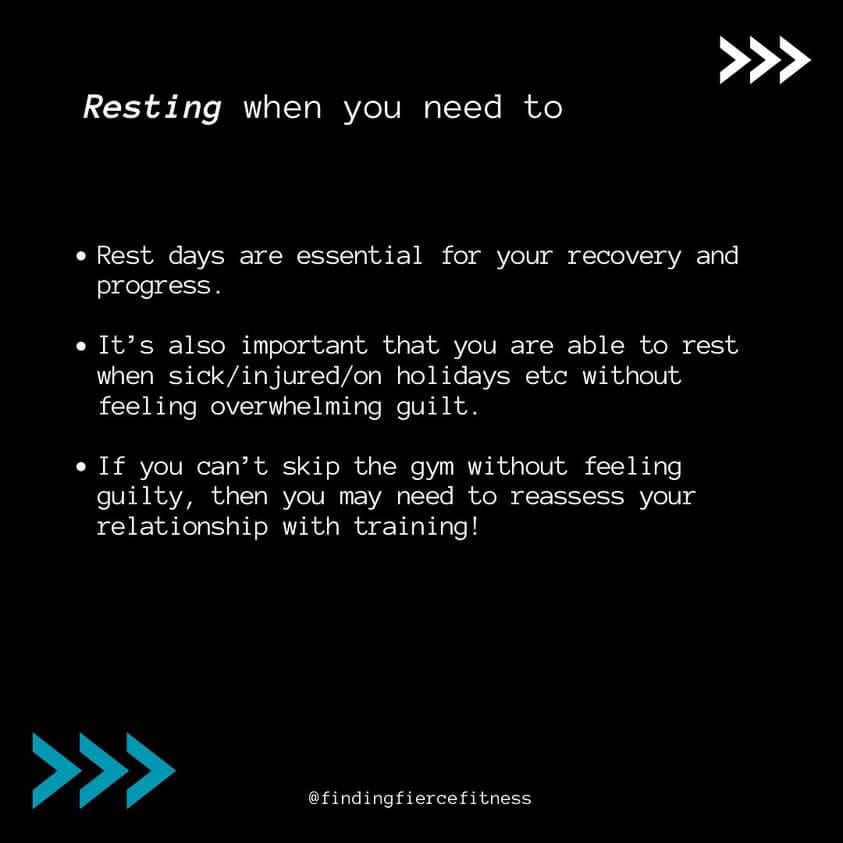
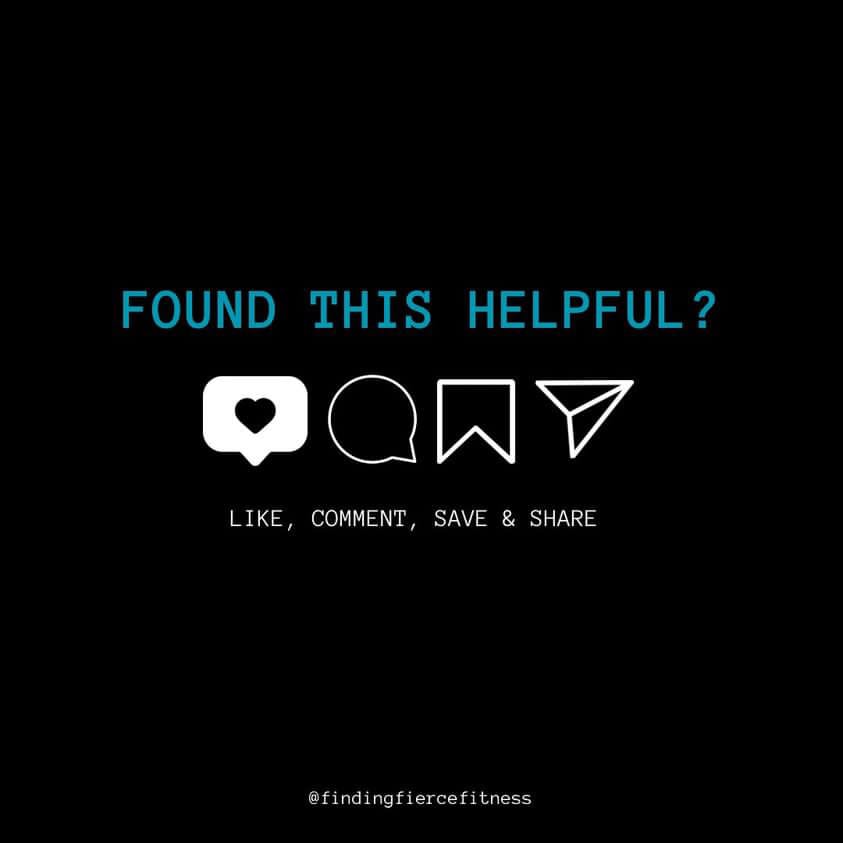
@findingfiercefitness creates high-quality posts that are informative and easily shared
Remember that the goal is to monetize your online fitness community, so create content that inspires, resonates, and keeps people coming back. If your free content is valuable, then people will be more inclined to purchase your paid content. You can work with other brands, fellow trainers, and even your most active members when you're building your content schedule. This will give those people a voice and help to add value to the community.
4. Create Your Community Space
Once you've got your goals, branding, and free content mapped out, the next thing to consider is the form your community will take. For marketing efforts, Instagram and TikTok are great for sharing video and image content with the public. Facebook still appeals to some demographics and provides convenient ways to share content and facilitate interaction between community members.
However, for a paid community, platforms such as Discord and Telegram are a great choice. These platforms support the creation of invite-only communities with moderation features and easy-to-use apps. They also foster a sense of connection within your online fitness community, as members can easily communicate with one another in real-time.
Another option is to use a bespoke community, run either on your own domain or via one of the many digital marketplaces that offer course- and community-management features. This final option gives you more control over your brand and creates a more premium feel, but it can be harder to onboard people to a new platform, compared to asking them to join a community in an app they may already be using.
5. Welcome Your Members
Now you know exactly what your community will look like and where it will live, the next challenge is to bring people into those spaces. A community of 'just you' wouldn't be very exciting after all!
Firstly, you'll need to grow the profile of your social media accounts. Start posting regularly. Get friends, family members and existing customers to engage with those accounts, and make judicious use of hashtags to get yourself seen by people outside of your existing base of followers. Resist the temptation to join engagement pods or 'like for like' groups, as these are against the terms of service and could harm the status of your account, making it harder to get real followers in the long run.

Then, add a link to your Discord server or another community platform in your bio and encourage people to join. You've created your online fitness community! Be sure to welcome each person, and have some icebreaker questions ready to go to help people to connect.
6. Create Paid Content
Once you've got a few members, you have the makings of a real community. Those people have joined because they're interested in whatever it is you're promoting on your socials. That could be running tips for people preparing for their first marathon, yoga and meditation advice, movement and mobility stuff, or something else entirely.
Reward your community members with some exclusive content. Create workout programs, record sessions or prepare weekly meal plans, for example. If you run a paid community, the key here is to give your community members something that those who only follow you on social media wouldn't have. If you run a free community, the aim is to transform your free followers into paying customers through these paid digital add-ons.
7. Engage With Your Community
Engagement is the hallmark of a thriving community. If people aren't talking to each other, all you have is a marketing list hosted on Discord or Telegram instead of a bunch of emails. To get your community engaging with each other, plan regular events. That could be a Q&A session, a monthly challenge relating to your chosen sport, a watch party for a big event, or a session with a guest speaker from outside of your community.
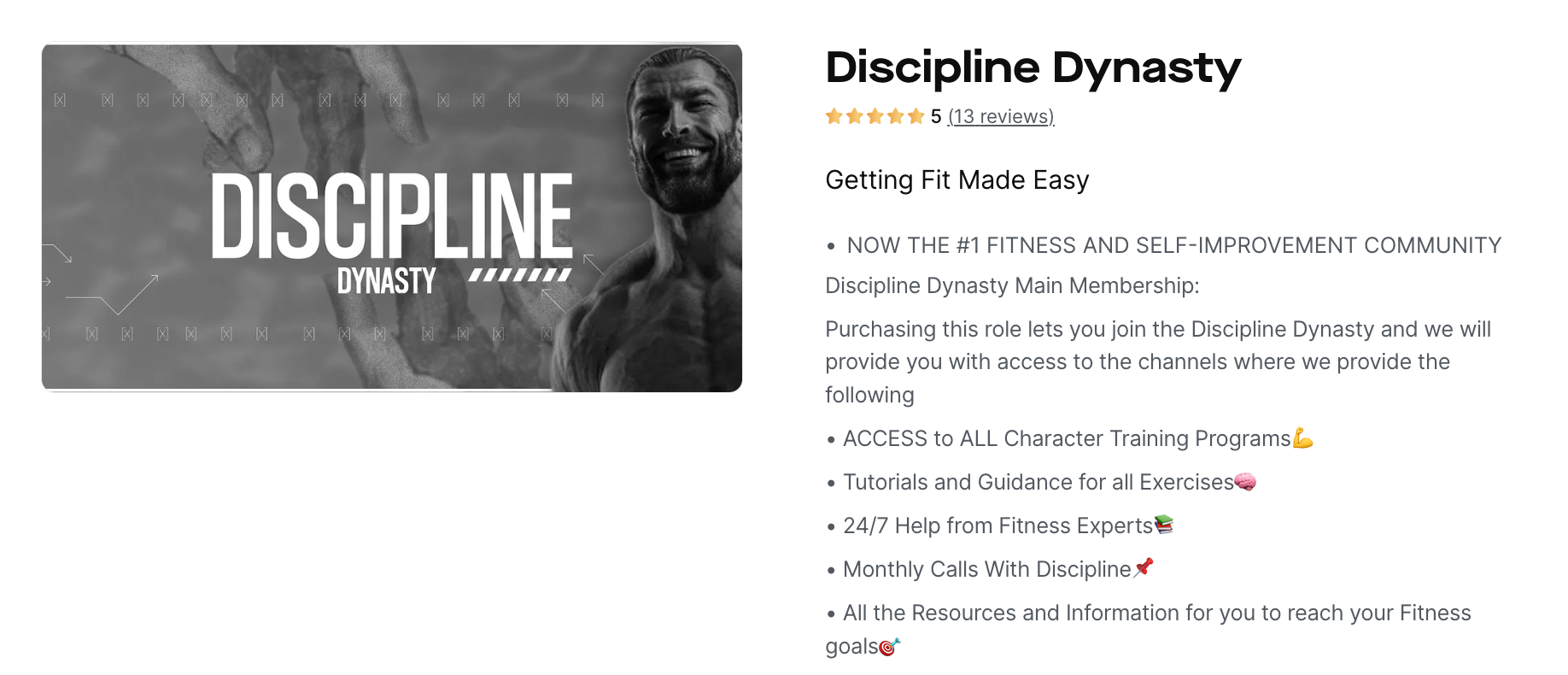
If the platform you use to host your community supports awards, consider giving out badges to regular participants, to encourage them to stay involved.
8. Reflect, Rinse, and Repeat
Once you have a busy community, don't rest on your laurels. One of the best things about having an online community is that it can sustain itself for a few days if you need to step away, but that doesn't mean it'll remain successful without your guidance forever. To keep your community going, you'll need to keep advertising for new members, keep engaging with those members, and keep creating content to add value.
You may be able to bring in moderators, and even pay people to help you with content creation, but the community is yours and it's your vision and guidance that will keep it going long-term.
9. Monetize Your Community
There are many different approaches to monetizing online communities. Of course, your Instagram and TikTok content will be free of charge because those platforms are a form of advertising. However, you may want to charge for access to Discord or whatever other platform you host the main community on. Remember, this is the end goal that you should have mapped out at the beginning of your online fitness community journey.
So, go back to your original goal and see where you are at now. Are you ready to paywall your community? Or, do you want to keep your community free, but with paid options like VIP access and digital downloadables? The joy of an online fitness community is that you can offer all three - a free community, with paid tiers, and add-ons like courses and workout plans. This way you target your entire audience as there is something for everyone.
The key is to have clearly defined perks at each level that you'll be able to deliver in the long term. If your long-term goal is to have thousands of members, you don't want to be having to deliver individual coaching to all of them, because there simply wouldn't be enough time in the day to do a good job. Anything you offer to the lower-tiered members should be something that can scale effectively.
How to Grow Your Online Fitness Community
Once you've got your first small group of community members, and you've set up your payment systems and content schedules, the final challenge is growing that community. One thing that's common among fitness enthusiasts is that they love to share their progress and cheer each other on. You can use that to your advantage and turn your community members into advocates who will enthusiastically market your community through their own social media activities:
- Run fitness challenges: Challenge your community to do 100 pushups a day, or to chart their progress as they work towards the splits or a faster 5K time. Give out badges or small prizes for the people who complete the challenge or make the most progress.
- Host live streams: Share video from your face-to-face classes. Stream from a race or event, or host Q&A sessions with prominent figures in your industry.
- Arrange real-life meetups: If there's a big event that's attended by a lot of people in your community, reserve a table at a restaurant and host a meet-up. If your community is big enough that you've got several members who are all from the same city, encourage them to run a 'chapter meetup'. It's a great chance to turn virtual friendships into real ones.
- Form partnerships with other brands: Build a relationship with sporting apparel companies, nutrition or meal prep experts and other fitness influencers that your community might appreciate. Share each other's content so you can both grow your audiences.
- Run a referral program: Offer commission to community members who refer their friends and family. Many community and digital marketplace platforms offer simple tools to help sellers manage referral bonuses.
- Promote your products on digital marketplaces: Social media platforms are a great way to market your community, but not everyone interested in fitness is active on Instagram and TikTok. Digital marketplaces offer yet another chance to get your products seen, helping you grow your audience even more.
Launch Your Fitness Community With Whop
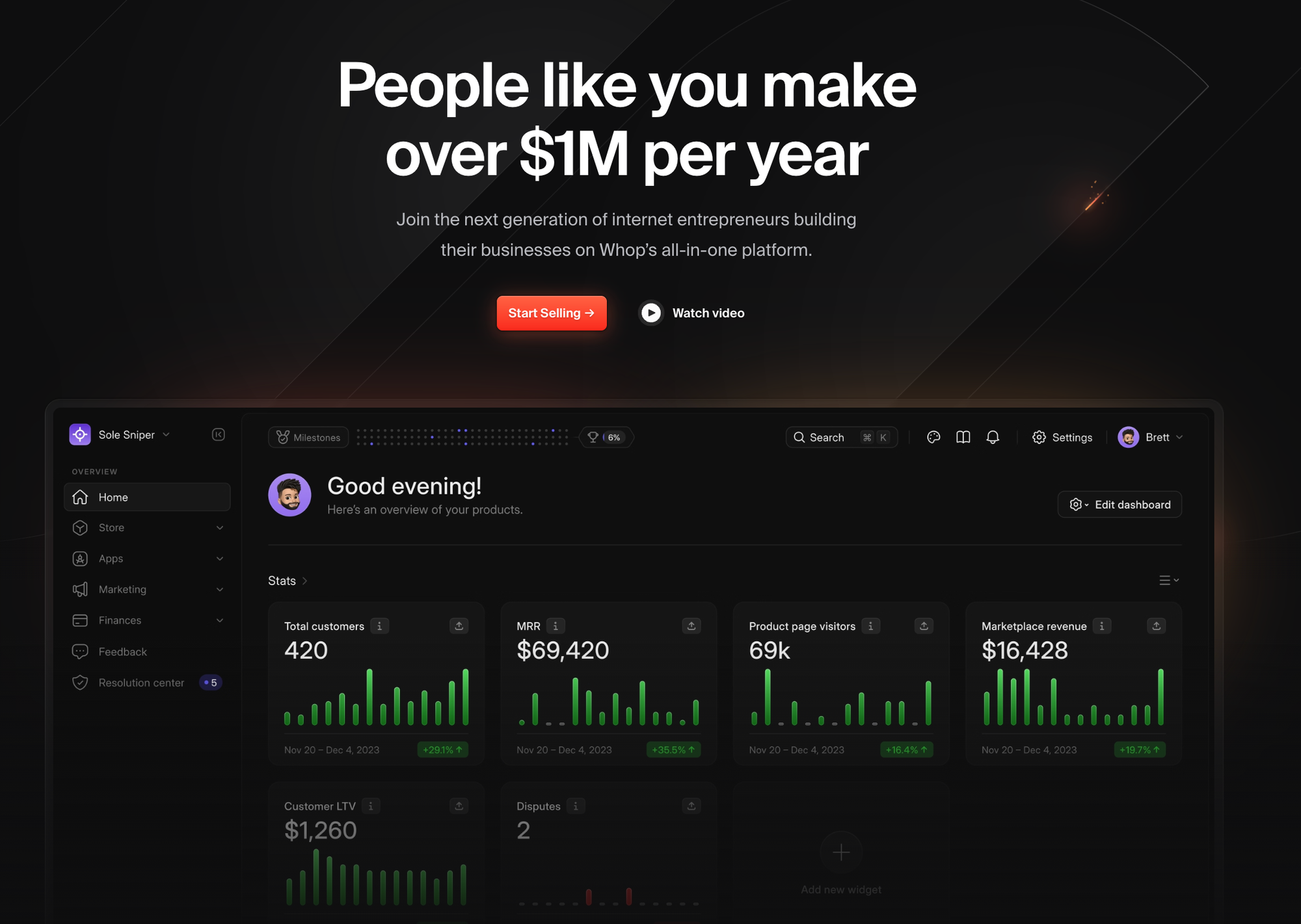
If you'd like to run an online fitness community but aren't sure where to start, Whop is here to help. Whop is a digital marketplace and ecommerce platform that handles all of the technical aspects of managing a community, leaving you free to focus on creating great content and engaging with your members. With Whop you can:
- Access easy integration with Discord
- Gate your community behind multiple membership tiers
- Process payments with just a few clicks
- Set up subscriptions and recurring payments with ease
- Accept one-off payments for digital products
- Integrate with a variety of other apps
- Sell courses and digital downloads
- Create and run affiliate programs
- Get detailed analytics and information about your membership
- Take advantage of all the above features with no monthly fees - just a 3% commission
- Showcase your product on a bustling online marketplace
Whop helps fitness coaches, influencers and other content creators monetize their skills and communities. It's incredibly easy to get started, and because there are so many integrations available, you have unprecedented control over your brand. Whether you'd like to host in Discord, Telegram or your own website, Whop can help you do it.
Unlike many other marketplaces, there's no monthly fee or up-front payment required to start selling on Whop. The platform takes just a 3% fee on any sales you make, and you're free to set your own pricing.
If you'd like to try launch your online fitness community, sign up today and get started with Whop for free.


